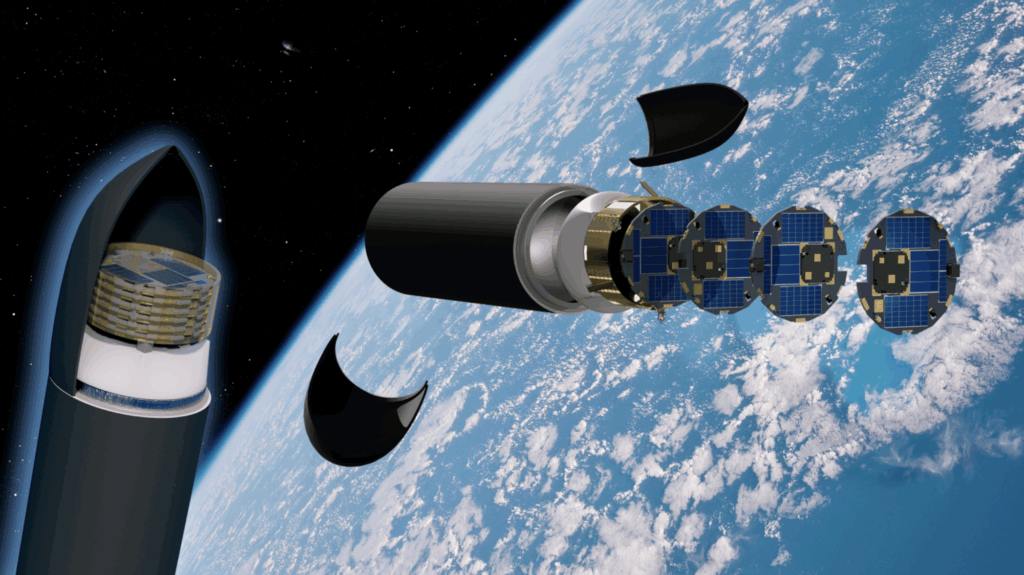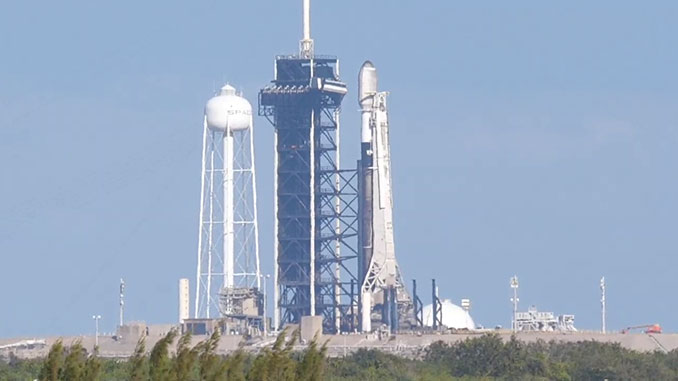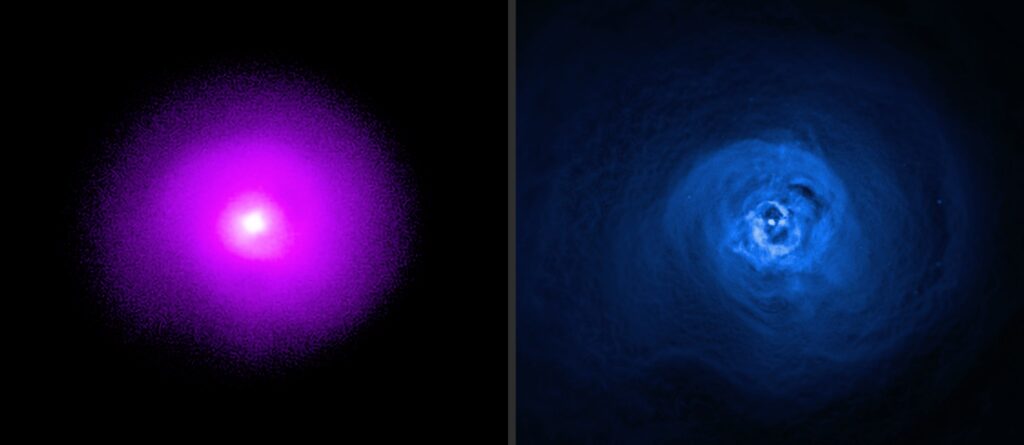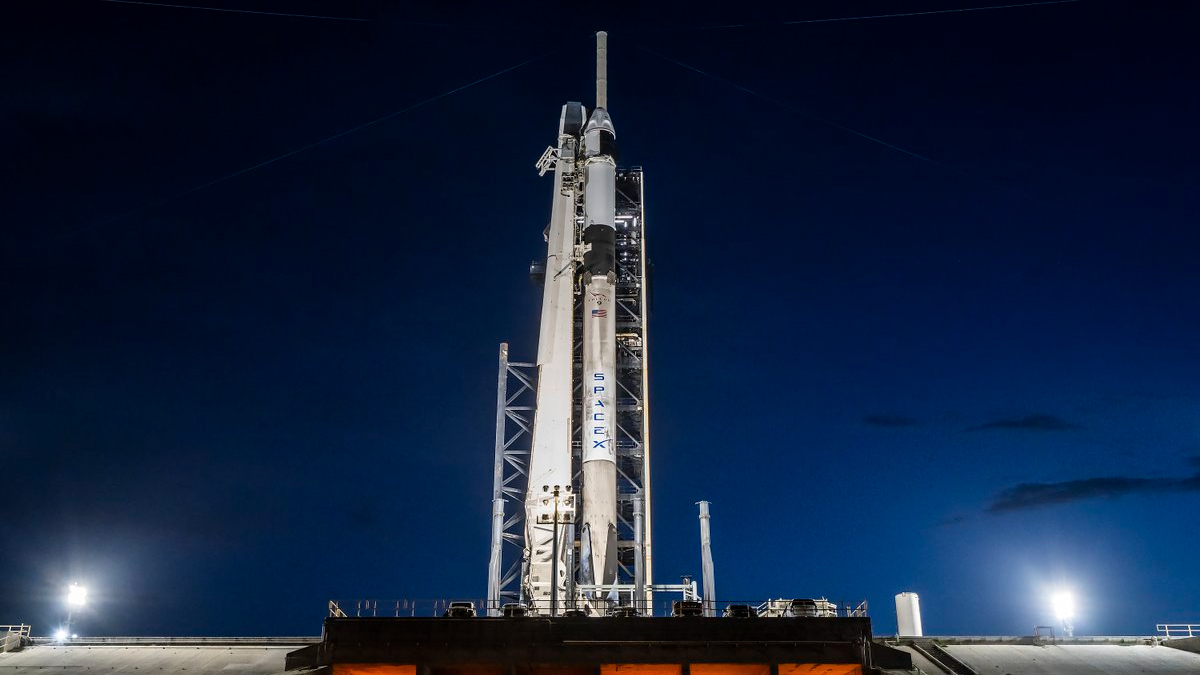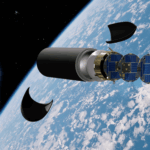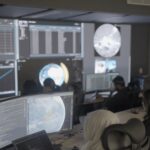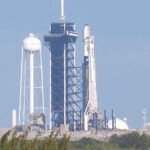Now Reading: SpaceX Leads Countdown to Busy Week of Space Missions
-
01
SpaceX Leads Countdown to Busy Week of Space Missions
SpaceX Leads Countdown to Busy Week of Space Missions
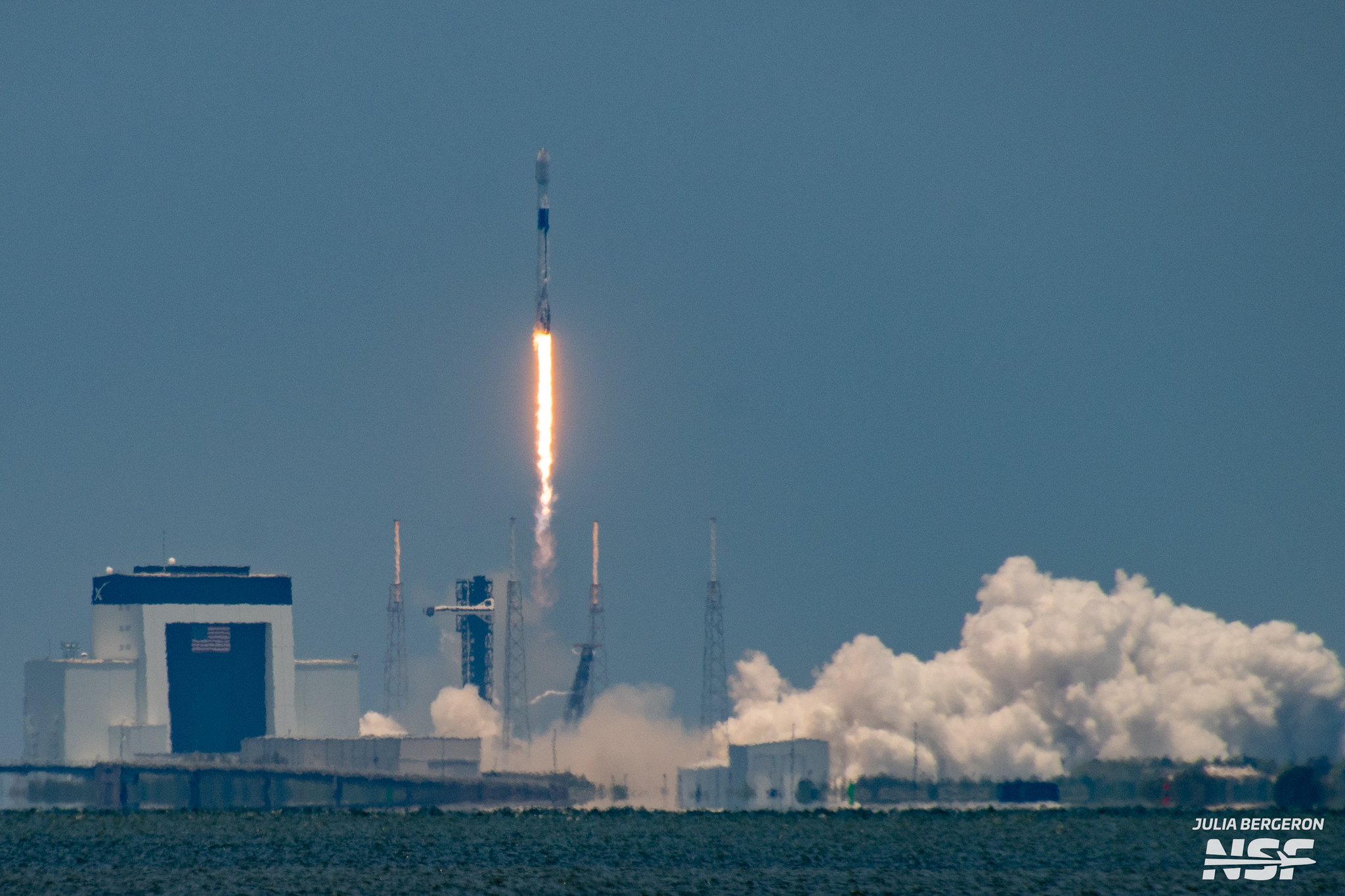

As summer envelops the Northern Hemisphere and winter blankets the Southern Hemisphere, the cosmic choreography of launches is in full swing. The week ahead promises a packed schedule, with SpaceX set to launch four Falcon 9 missions, highlighting the company’s relentless pursuit of orbital dominance.
The excitement begins with the much-anticipated Axiom Mission 4 (Ax-4) scheduled for June 25 at 2:31 AM EDT from Kennedy Space Center’s historic Launch Complex 39A. This mission aims to transport a private crew to the International Space Station (ISS), featuring seasoned commander Peggy Whitson. The mission marks a significant milestone in commercial spaceflight, as Whitson, a veteran of NASA, seeks to expand her already impressive record of cumulative time spent in space. Alongside her are three other astronauts representing India, Poland, and Hungary, making this mission a beacon of international collaboration. The Ax-4 crew will launch aboard Crew Dragon C213, a spacecraft that signifies the conclusion of the Crew Dragon manufacturing era—completing a fleet of five. The crew will have up to 14 days to conduct vital research on human health, biology, and microgravity effects before returning to Earth in a dazzling splashdown off the coast of California.
Following Ax-4, the pace quickens with the launch of SpaceX’s Starlink Group 10-16 on the same day, set to take off at approximately 12:33 PM EDT from Cape Canaveral Space Force Station. This endeavor will see 27 Starlink v2 Mini satellites propelled into low Earth orbit. With this launch, SpaceX will notch its 78th Falcon 9 flight of the year, edging closer to their ambitious goal of 170 launches in 2025. Each Starlink mission inches us closer to a world with enhanced connectivity.
Not stopping there, SpaceX has another Starlink launch lined up for June 27, with the Falcon 9 lifting off at 12:48 AM EDT, carrying approximately 26 more Starlink v2 Mini satellites. This mission, designated as Starlink Group 10-34, promises to bolster the constellation further, catering to an ever-growing demand for global broadband.
The third Starlink mission, Starlink Group 15-7, is slated for June 28 from Vandenberg Space Force Base in California. This launch will be especially noteworthy, as it will be the 80th Falcon 9 mission of 2025. The Falcon 9 first stage will take a southeast trajectory, and like its predecessors, will attempt a controlled landing on the Of Course I Still Love You droneship.
As the week unfolds, Blue Origin gears up for its New Shepard NS-33 flight, targeting June 29. This suborbital mission will carry a crew of six, including Allie and Carl Kuehner, who will experience a brief moment of microgravity atop the Kármán Line. After a thrilling descent back to Earth, the crew will have completed yet another chapter in civilian space travel.
In addition to these heavyweights, Rocket Lab is preparing for its Electron launch, dubbed “Symphony In The Stars,” with an undisclosed payload. Having faced a slight delay for additional checkouts, Rocket Lab remains committed to its ambitious goal of over 20 launches in 2025, showcasing a strong dedication to advancing access to space.
Finally, Japan’s H-IIA rocket is set for a bittersweet farewell as it prepares to execute its last mission, carrying the GOSAT-GW Earth observation satellite into a sun-synchronous orbit. This mission, a testament to H-IIA’s legacy of successful launches, will monitor greenhouse gases, reinforcing humanity’s commitment to understanding and combating climate change.
As the countdown ticks away, these diverse missions encapsulate the exciting future of space exploration—where public and private partnerships pave the way for scientific breakthroughs and technological advancements in our quest to traverse the final frontier.
Axiom Mission 4 (Ax-4) is poised to break new ground in human spaceflight, with a launch on June 25 led by Peggy Whitson, whose remarkable career as a NASA astronaut has made her a pioneer in the exploration of space. Whitson, now the director of human spaceflight at Axiom Space, brings years of experience to this mission. The crew will conduct a series of scientific experiments during their stay aboard the ISS, focusing on areas such as human health, plant biology, and microbial studies. These investigations will be instrumental in understanding the impact of long-duration space missions on the human body, an important aspect of future explorations to Mars and beyond.
After spending up to 14 days docked at the ISS, the crew will return to Earth in Crew Dragon C213, the vehicle’s final iteration, which highlights SpaceX’s innovation within commercial space travel. The soft splashdown is a testament to the advancements made in reusability and safety in space operations, ensuring a smooth conclusion to another chapter in human exploration.
The Starlink missions are not merely routine launches; they represent the relentless push to create a fully connected planet. Each operation is designed to deploy a fleet of satellites that will provide unprecedented broadband coverage, especially in rural and underserved areas where traditional internet access is limited or non-existent. The latest Starlink Group 10-16 is a step toward achieving this ambitious vision. As the Falcon 9 rocket ascends, it signifies more than just connectivity; it embodies the future of global communication and information accessibility.
Following shortly, the Starlink Group 10-34 mission will continue this momentum, emphasizing SpaceX’s role in the ongoing satellite revolution. The satellites’ advanced capabilities will enhance user experiences, opening doors for educational, medical, and economic opportunities across the globe.
The Vandenberg Space Force Base will once again witness the Falcon 9’s power as the 15-7 mission launches on June 28. As the 80th flight of 2025, it solidifies SpaceX’s position at the forefront of space innovation. The controlled landing on the Of Course I Still Love You droneship will showcase the continuous refinement of reusability, a principle that has fundamentally transformed the economics of space travel.
Blue Origin’s New Shepard NS-33 mission is another highlight, set to carry a diverse crew of civilian space tourists. The capsule’s journey to just beyond the Kármán Line offers a brief yet exhilarating experience of weightlessness. This flight not only underscores Blue Origin’s commitment to suborbital tourism but also symbolizes the democratization of space travel, allowing everyday individuals to partake in experiences once reserved for astronauts and researchers. Each flight serves as a stepping stone toward a future where leisure and exploration in space become commonplace.
Rocket Lab’s Electron mission, though less publicized, holds unique significance. The undisclosed payload hints at the growing private sector’s role in providing tailored solutions for commercial satellite deployments. As Rocket Lab continues to push its launch cadence, the emphasis on reliability and mission success is critical in maintaining competitive positioning within the burgeoning small satellite launch market. Each mission serves as a reminder of the innovation and agility that characterize the new space economy.
The H-IIA’s farewell mission encapsulates both nostalgia and progress. As it prepares to launch the GOSAT-GW satellite, this mission not only marks the end of an era but also reinforces Japan’s commitment to Earth observation and climate monitoring. The satellite’s capabilities to track greenhouse gases will play a vital role in data collection that informs global climate action strategies, demonstrating the indispensable relationship between space technology and environmental stewardship.
| Mission | Date | Payload | Launch Vehicle |
| Axiom Mission 4 | June 25 | Crewed mission to ISS | Falcon 9 |
| Starlink Group 10-16 | June 25 | 27 Starlink v2 Mini satellites | Falcon 9 |
| Starlink Group 10-34 | June 27 | 26 Starlink v2 Mini satellites | Falcon 9 |
| Starlink Group 15-7 | June 28 | 26 Starlink v2 Mini satellites | Falcon 9 |
| New Shepard NS-33 | June 29 | Crewed suborbital flight | New Shepard |
| Electron – Symphony In The Stars | TBD | Confidential payload | Electron |
| H-IIA – GOSAT-GW | TBD | Earth observation satellite | H-IIA |
Stay Informed With the Latest & Most Important News
Previous Post
Next Post
-
 012024 in Review: Highlights from NASA in Silicon Valley
012024 in Review: Highlights from NASA in Silicon Valley -
 02Panasonic Leica Summilux DG 15mm f/1.7 ASPH review
02Panasonic Leica Summilux DG 15mm f/1.7 ASPH review -
 03From Polymerization-Enabled Folding and Assembly to Chemical Evolution: Key Processes for Emergence of Functional Polymers in the Origin of Life
03From Polymerization-Enabled Folding and Assembly to Chemical Evolution: Key Processes for Emergence of Functional Polymers in the Origin of Life -
 04How New NASA, India Earth Satellite NISAR Will See Earth
04How New NASA, India Earth Satellite NISAR Will See Earth -
 05And Thus Begins A New Year For Life On Earth
05And Thus Begins A New Year For Life On Earth -
 06Astronomy Activation Ambassadors: A New Era
06Astronomy Activation Ambassadors: A New Era -
07SpaceX launch surge helps set new global launch record in 2024












